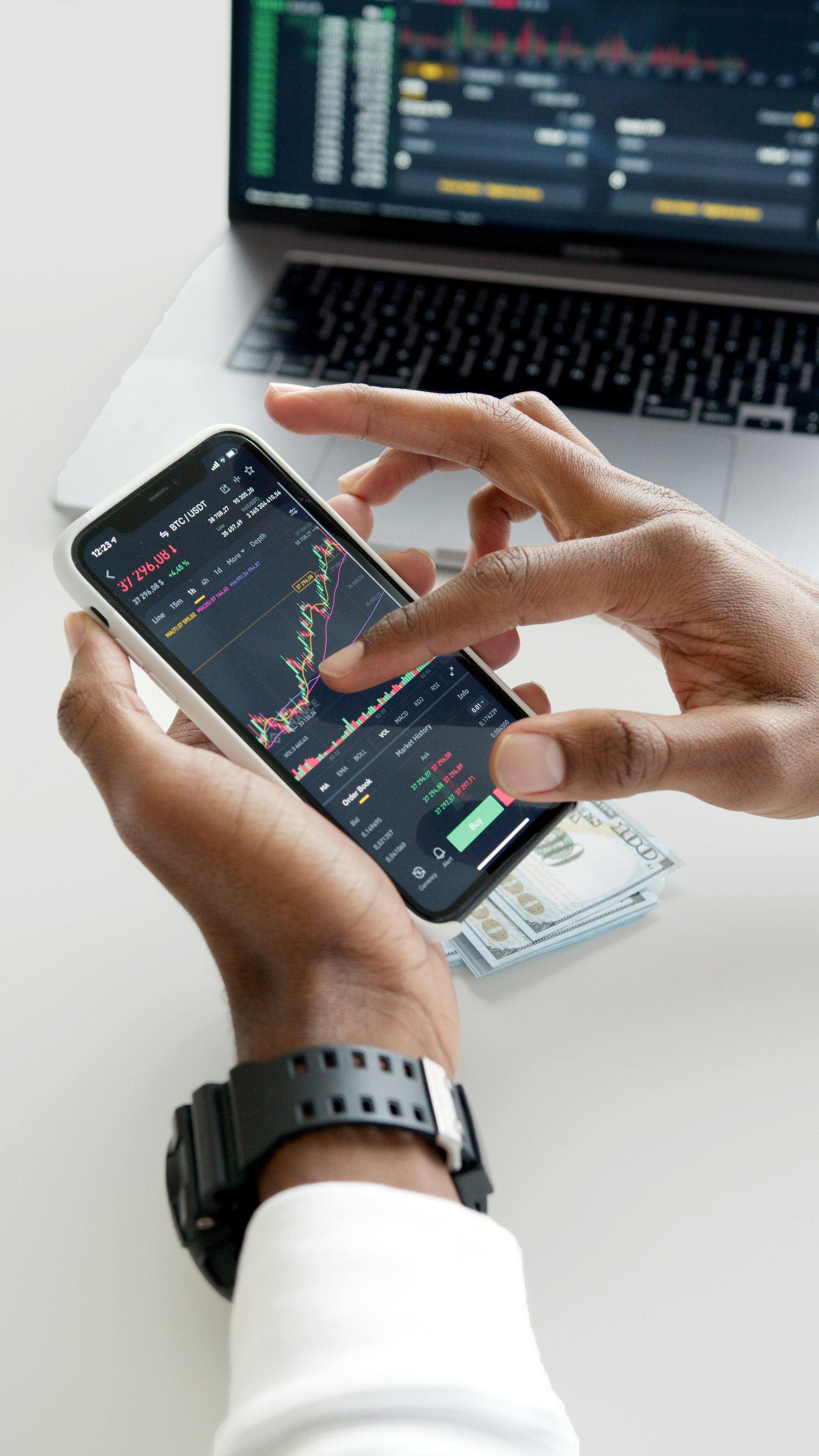When I started trading in the boom and crash markets, I started my trading adventures as a scalper. In fact, in my first year of trading, I experienced more than 95% of the booms and crashes that traders are allowed to experience as scalpers. This confirms the way the market is structured, with peaks and booms, buy / crash / sell situations, low risk / return ratios, days of swing trading and small lot sizes.
A number of traders, both experts and beginners, had problems with the market being structured in boom and crash. Trade booms and crashes require good analysis, as traders need to recognize support and resistance before they enter a trade. For some currency pairs, the boom / crash structure (buy / sell) is used to speed up and down in straight phases (ticks).
Boom 500 and Crash 500 are synthetic index-based aspects of foreign exchange trading, they are market tick based simulations of stocks over time on a single futures asset, the Boom 500 simulates 100 company shares, but because it has no known components it is difficult to study the tricks of market and there is no 100% perfect strategy. What we have in front of us is a trading strategy in terms of price actions. For example, one could trade Boom, Boom 500, Boom 1000, Crash, Crash 500, and 1000 assets to watch the boom market sell and fail, and the crash assets buy and fail.
Synthetic indices imply the clotting of many simulated markets, including boom and crash indices. Some of these are profitable indices such as the boom / crash index and volatility index. Trading in synthetic index currency pairs is not good for fundamental analysis, but I find it easier to do technical analysis rather than trading in profits.
Figure 5-7 shows the price action tables observed in the crash and boom markets. In the 1-hour Boom 500 index chart, the two arrows show the EMA 200, which confirms the direction of the trend. Once a zone is identified, it is used for several days until the market goes under.
For those of us who trade, we look for spikes that devour more than 10 small candles that we hold until the market reaches EMA9, when the market stops rising, we cash in. When we get a spike, we wait for the market to reach EME9, and when the market breaks through with no more than 3 small candles, we leave trading and apply crash and boom. In retail, the boom RSI indicator is a strong buying region (price floor) and the crash 500 RSI indicators a strong selling zone (price ceiling).
Trading boom and crash, if you use the right batch size, do not lead to short-term capital losses. Crash 500 is a recognised factor of resistance and support for trading. BeanFX Boom and Crash Scalper will help Boom & Crash traders make quick profits by trading the boom / crash indices.
Synthetic indices are part of the expanding financial markets and regulated markets with a high degree of transparency. Five of the most common meta-trader 5 indicators are Moving Average, Average Direction Index, Adaptive Moving Average and Bollinger Band Force Index.
It is hard to underestimate the importance of PIP in the trade in synthetic indices. PIP is an acronym for percentage point interest rate and each point represents a small measure of change in the trading market; it is the smallest movement in a trading position that can send a signal.

No comments:
Post a Comment